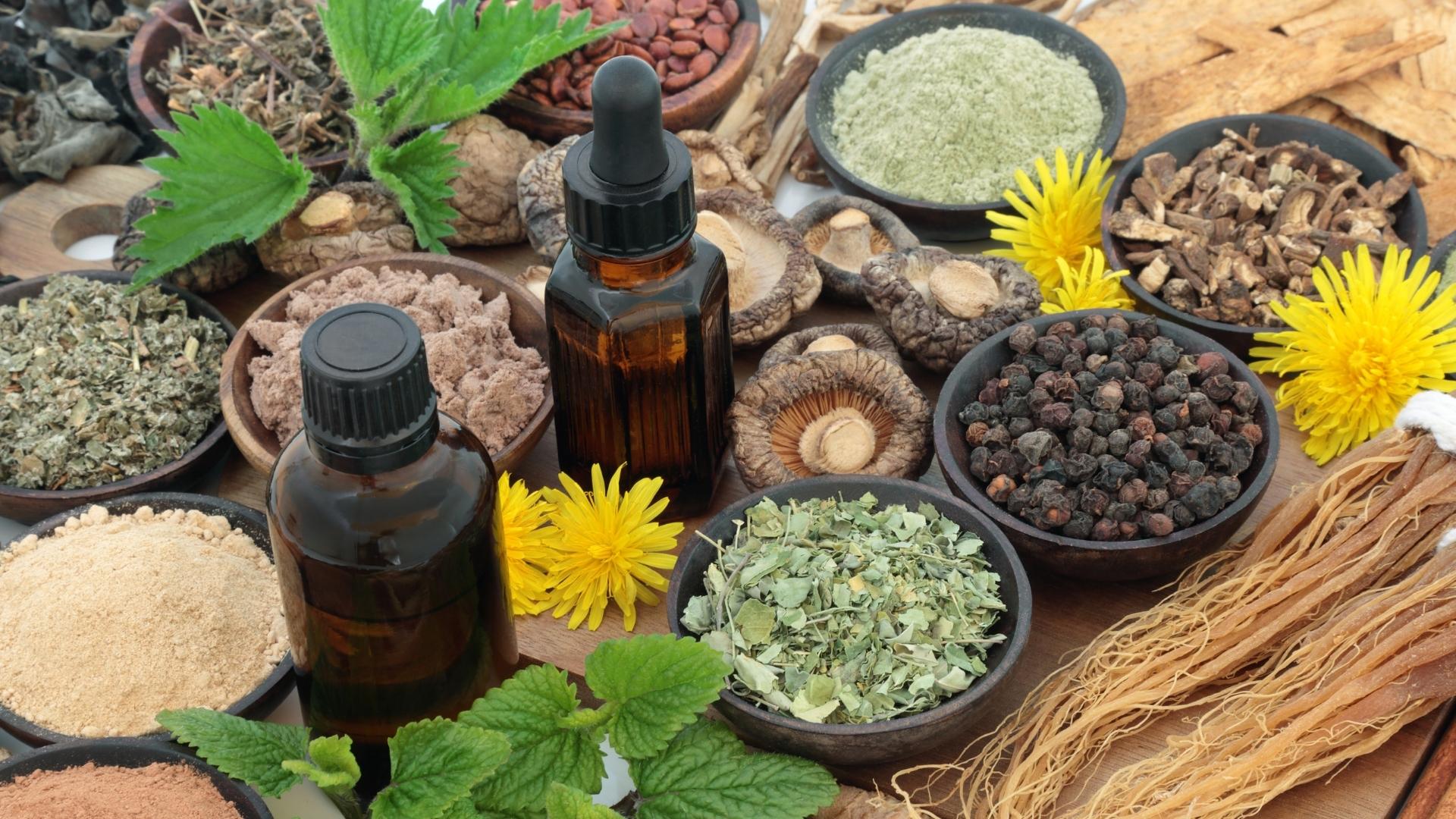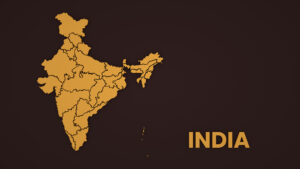Spices are of the high regard in daily cooking in every Indian kitchen, and almost all recipes take advantage of various lentils and herbs as common ingredients. Generally, the intention behind using spices, herbs and lentils in food preparation is not only to enrich the flavours but to improve metabolism, digestion and ensure overall health. Let’s get some important information about those spices, herbs and lentils that have a definite place in the racks of every Indian kitchen.
SPICES
Asafoetida (hing) is a spice with a strong and pungent smell extracted from several species of Ferula and is generally available in a powdered form on the market. The medicinal benefits of using asafoetida (hing) in cooking improve immunity as it exhibits antibacterial and antifungal qualities and aids digestion. It is also a substitute for those who avoid using garlic and onion. Normally, asafoetida is used as a tempering substance while cooking; though it smells unpleasant, using a suitable quantity gets blended with the recipe and adds a unique flavour. Asafoetida treats gastritis, bronchitis, digestive issues, and kidney stones in Ayurveda. It proves beneficial in regulating blood pressure and blood sugar levels, and the antioxidant nature of this spice may help protect against heart disease and certain types of cancers. Asafoetida is most commonly used in the preparation of various Indian curries, poriyal, pickles etc.
Cardamom (elaichi) is a spice with a unique flavour and mild aroma. Due to this nature, it is extensively used in preparing desserts and sweet dishes rather than in hot and spicy dishes. Cardamom is good for the stomach and prevents food poisoning, ulcer, nausea and irritation. It is also used as a seasoning agent along with other spices in preparing rice dishes and curries.
Cinnamon (dalchinni), one of the oldest spices, is generally grounded in powder form and used to prepare various sweets, masalas and saviours. Cinnamon contains anti-inflammatory agents and antioxidants. Cinnamon has been used for medicinal purposes in ancient China and Egypt to treat multiple diseases. Cinnamon infuses sweet flavour and mild aroma in the cooking process, and it takes longer to blend with your recipe when compared to other spices.
Cloves (laung) are aromatic spices widely used in preparing sweets, spicy curries and rice dishes, straight away for seasoning, either grounded or crushed for blending in the cooking process. Cloves contain antioxidants and anti-inflammatory properties that help to reduce the risks of heart diseases, certain cancers and diabetes. Traditionally, it was common to administer clove oil to treat toothache as a home remedy.
Coriander seeds (dhaniya), another pleasant, aromatic and essential spice that enriches the taste of various Indian dishes, are usually reduced to powder or paste prior to use in the cooking process. As one of the oldest spices, coriander seeds were also prescribed in ancient medical practices to cure several health issues like diarrhoea, stomachache, inflammation in the intestinal tract, nausea, constipation, menstrual problems, insomnia and many other conditions. It carries various vitamins and minerals.
Cumin (jeera) is a common flavouring spice and an essential ingredient, roasted and powdered to prepare spice mixes or used as a whole for tempering in the cooking process of numerous Indian dishes. Traditionally, cumin is a home medicine for acidity, indigestion and obesity. It also prevents food poisoning, boosts immunity, enhances the production of bile juice in the liver, and increases enzyme activity that quickens digestion.
Fenugreek seeds (methi) are one of the essential spices used throughout the Indian sub-continent; like many other spices, it is roasted and powdered to flavour the spice blends or to prepare pastes for various dishes. Some people prefer to eat raw seeds soaked in water. Doing so proves helpful in regulating blood sugar levels. As a home medicine, fenugreek seeds are powdered and mixed with turmeric to prepare a paste and applied on wounds and boils to fasten the healing process. For females, consuming fenugreek seeds reduces pain during menstruation and enhances breast milk production post-pregnancy.
Fennel seeds (saunf) are sweet, aromatic and nutrient-rich spices considered for post-food consumption, either eaten raw as a natural mouth freshener or included in the preparing pan. It aids digestion, relieves respiratory congestion, detoxifies the blood, improves vision, and for other home remedial purposes.
Ginger (adarakh) is a spice used in cooking food and preparing teas and kashayas (herbal drinks for medicinal purposes) for ages. Due to its antiviral, antibacterial and anti-inflammatory qualities, ginger is a popular home medicine for treating gastritis, indigestion, intestinal worms, inflammation, arthritis and many other infections. It also relieves one from vomiting, boosts immunity and reduces the risk of diabetes, heart problems and certain cancers.
Mustard seeds (rai) are a great source of oil, proteins, several vitamins and extensive antioxidants. In several regions of North India, people primarily use mustard oil in cooking; however, as a spice, it is used for seasoning and to add essence to the food. Mustard seeds regulate hair growth, aid the digestive process and add various vitamins and proteins to the body. Most prefer black or reddish-brown coloured mustard seeds to prepare different Indian dishes.
Black pepper (kalamirch) is an ancient spice (some call it the “king of spices) with a hot flavour and strong aroma, used in cooking and medicinal purposes for thousands of years. Normally, ground to powder forms for flavouring in the cooking process or as is for some dishes and seasoning. As a traditional home medicine, black pepper is essential to spice in preparing herbal drinks (kashayas) to treat fever, cough and cold. Black pepper has a great significance in Ayurveda, used in various formulations to treat several health disorders.
Poppy seeds (khas khas) have been one of the oldest spices in existence since the pre-historic ages. They are extensively used in culinary practices for seasoning and topping throughout India, especially to prepare various sweet dishes because of their pleasant aroma and unique taste. Poppy seeds are well-known for their sedative properties; hence it is used to treat insomnia, cough and constipation in traditional medicine.
Turmeric (haldi) is the oldest spice and the most important in traditional medicine and cooking. Almost every Indian dish contains a pinch of turmeric for flavouring or as a colourant. Turmeric is known for its antiseptic properties and for treating cuts and wounds. It aids digestion, purifies the blood and relieves flatulence.
Along with the spices mentioned above, dried red chillis and dried coconuts (copra) are other versatile spices roasted, grounded and mixed with one or more other spices to enrich the flavours in preparing curry powders, masala pastes and different varieties of dishes. Some prefer to use grated copra for topping and dried chillies for tempering.
HERBS
Coriander leaves (hara dhaniya) are an aromatic culinary herb preferred for garnishing and seasoning various recipes and for preparing a variety of chutneys. According to traditional medicine, coriander leaves prevent infections, food poisoning, blood clotting and boost immunity. These herbs contain rich antioxidants that help to reduce the risks of cardiac and brain-related problems.
Curry leaves (kari patta) are aromatic natural flavouring agents extensively used in southern parts of India to prepare various curries. Curry leaves have antioxidant, antibacterial, anticancer and neuroprotective properties.
Mint leaves (pudina) are aromatic herbs used for flavouring various vegetarian and non-vegetarian dishes. In traditional medicine, mint leaves are good for treating headaches, stomach ailments and rheumatism.
LENTILS
Pigeon pea (toor dal) is rich in protein, minerals, folic acid and vitamin B and is one of the most commonly used lentils in every Indian kitchen daily. Toor dal is a must ingredient for preparing varieties of south Indian curries or sambar and north Indian dal tadka. It reduces the risk of paralysis, diabetes and heart diseases; also good for pregnant women.
Black gram (urad dal) is an everyday lentil that adds rich flavour and is an excellent source of proteins and minerals. Urad dal is generally used in cooking as an ingredient to prepare various dishes or for tempering. It aids digestion, strengthens bones, regulates blood sugar levels, and is good for skin and hair.
Bengal gram (chana dal) is a highly nutritious lentil that adds a unique taste to numerous Indian dishes. Bengal gram is used to prepare a range of snacks, savouries and fritters.
Green gram (moong dal) is a protein-packed and mineral-rich lentil used to prepare various curries, sweets and snacks in India. It regulates blood pressure and blood sugar levels, facilitates weight loss, improves vision and has numerous health benefits.
Red lentils are admiringly beneficial for one’s health and rich in minerals and proteins. It aids skin health, boosts immunity and reduces the risk of cardiac complaints.
Every recipe in Indian cuisine includes one or more ingredients among the above-listed spices, herbs and lentils and plays a prominent role in the cooking process. These ingredients have superior health benefits, negligible side effects, and are fit for daily consumption.









